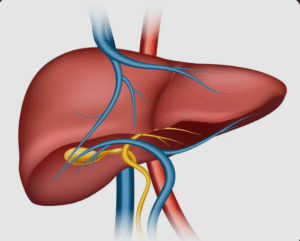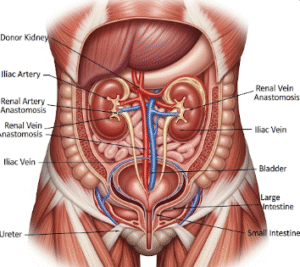Overview
Iron deficiency is the most common nutritional deficiency worldwide and a leading cause of anemia, characterized by insufficient iron levels to meet the body’s needs. Iron is essential for producing hemoglobin, the protein in red blood cells responsible for oxygen transport. In Korea, iron deficiency remains a significant public health concern, especially among women of reproductive age, children, and the elderly. Proper diagnosis and treatment can prevent complications and improve overall health and quality of life.
What Is Iron Deficiency?
Iron deficiency occurs when the body’s iron stores are depleted, leading to decreased hemoglobin production and impaired oxygen delivery to tissues. When iron deficiency progresses, it results in iron deficiency anemia (IDA), which manifests with symptoms related to reduced oxygenation. The causes of iron deficiency are multifactorial, including inadequate dietary intake, increased physiological demands, and chronic blood loss.
Symptoms
- Fatigue and weakness
- Pale skin and mucous membranes
- Shortness of breath on exertion
- Dizziness or lightheadedness
- Cold intolerance
- Headache and difficulty concentrating
- Brittle nails and hair loss
- Restless legs syndrome in some cases
- Pica (craving for non-food substances like ice or dirt)
Causes
- Inadequate dietary iron intake, common in vegetarian or restrictive diets
- Increased iron needs during pregnancy, growth spurts, or menstruation
- Chronic blood loss from gastrointestinal bleeding, heavy menstruation, or ulcers
- Poor iron absorption due to gastrointestinal diseases like celiac disease or Helicobacter pylori infection
- Frequent blood donations or surgeries causing blood loss
Risk Factors
- Women of childbearing age, especially with heavy menstrual bleeding
- Pregnant and lactating women
- Infants and young children with rapid growth needs
- Individuals with chronic gastrointestinal conditions
- Vegetarians and vegans lacking sufficient heme iron sources
- Elderly people with comorbidities affecting nutrition or absorption
Complications
- Severe anemia leading to heart palpitations, chest pain, and heart failure in extreme cases
- Impaired cognitive and physical development in children
- Reduced work capacity and productivity
- Increased risk of infections due to impaired immune function
- Poor pregnancy outcomes including preterm delivery and low birth weight
Prevention
- Consuming a balanced diet rich in iron sources such as red meat, poultry, fish, legumes, and fortified cereals
- Combining plant-based iron sources with vitamin C-rich foods to enhance absorption
- Screening and early treatment of high-risk groups
- Addressing underlying causes of blood loss or malabsorption
- Public health initiatives to fortify staple foods with iron
Treatment Options in Korea
Korea’s healthcare system provides effective management of iron deficiency through:
- Dietary Counseling:
- Nutrition education promoting iron-rich foods and optimal food combinations for better absorption
- Guidance on reducing inhibitors of iron absorption like excessive tea or coffee consumption
- Iron Supplementation:
- Oral iron supplements such as ferrous sulfate or ferrous gluconate, usually taken for several months
- Intravenous iron therapy for those with severe deficiency or intolerance to oral iron
- Management of Underlying Causes:
- Treatment of gastrointestinal bleeding, infections, or gynecological issues contributing to iron loss
- Coordination with specialists for complex cases
- Monitoring and Follow-up:
- Regular blood tests to assess hemoglobin and ferritin levels
- Adjusting treatment based on response and side effects
Korea combines modern medical therapies with preventive public health strategies to reduce iron deficiency prevalence and improve population health.













